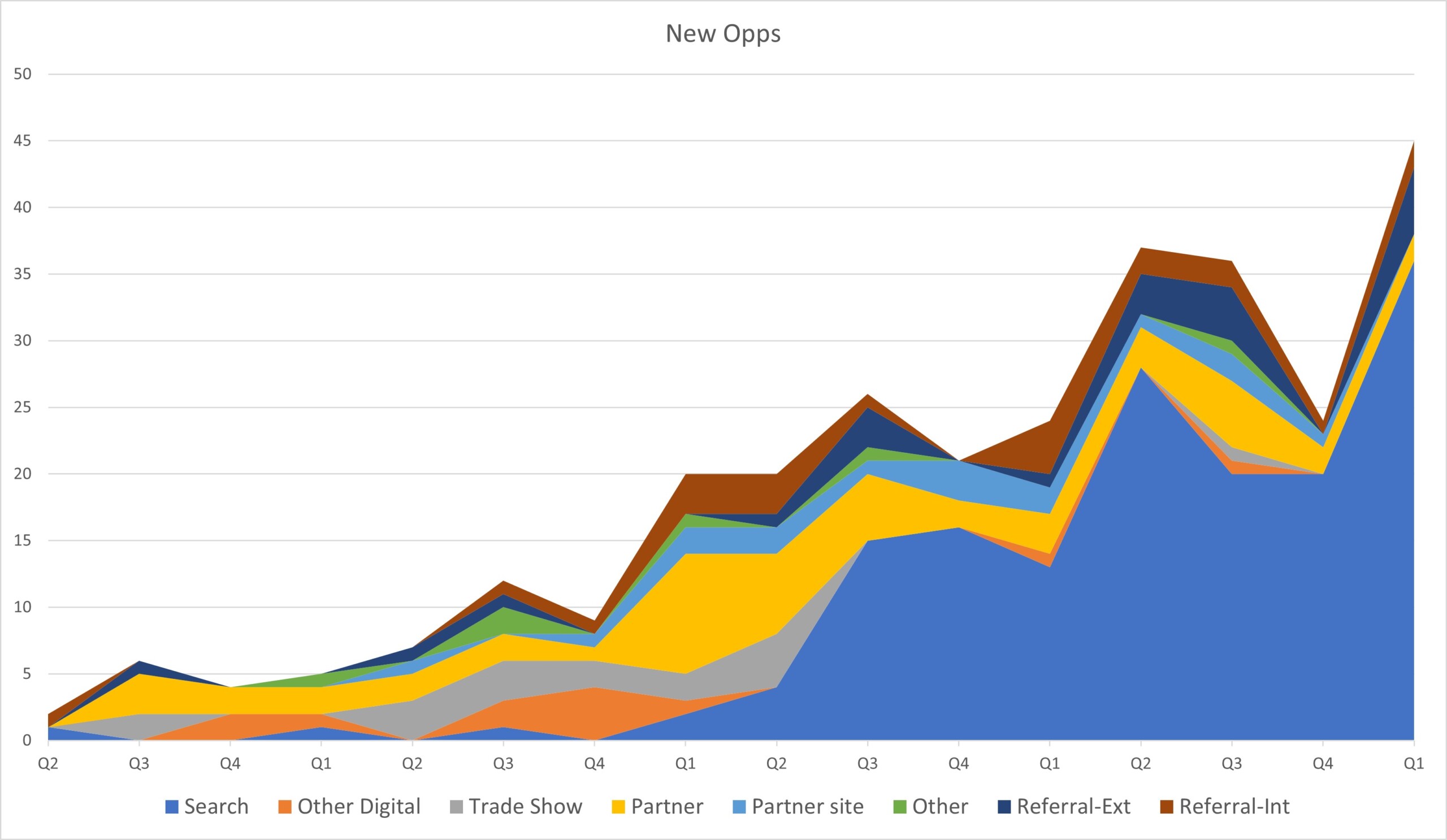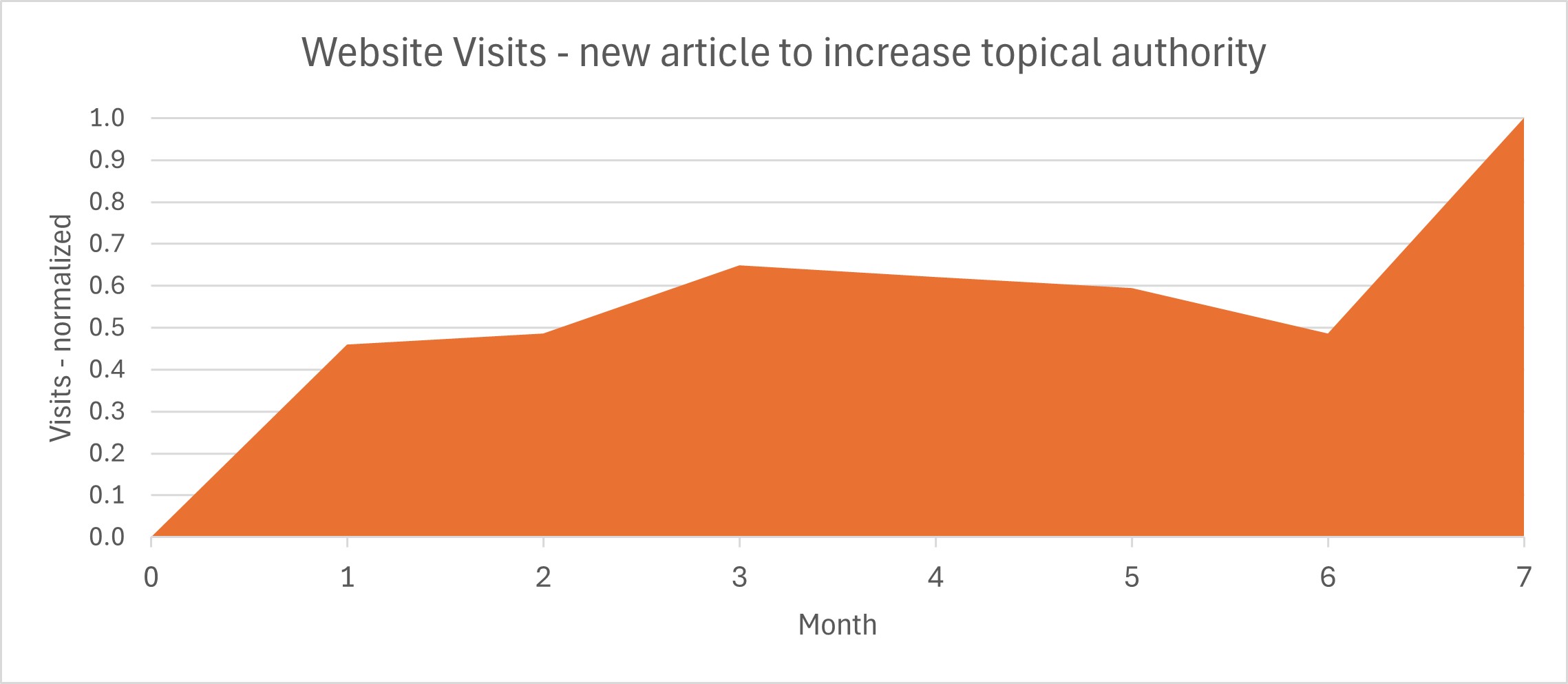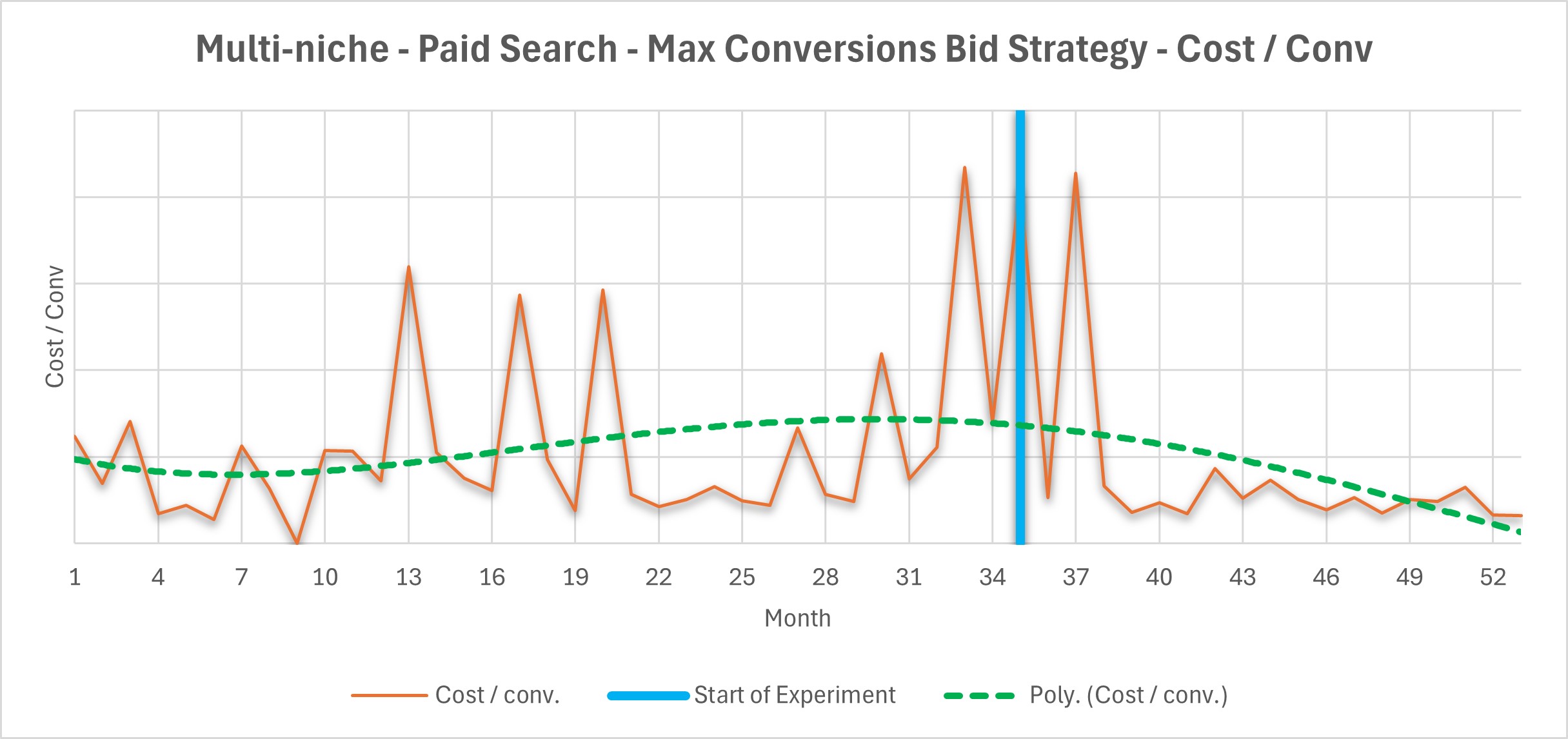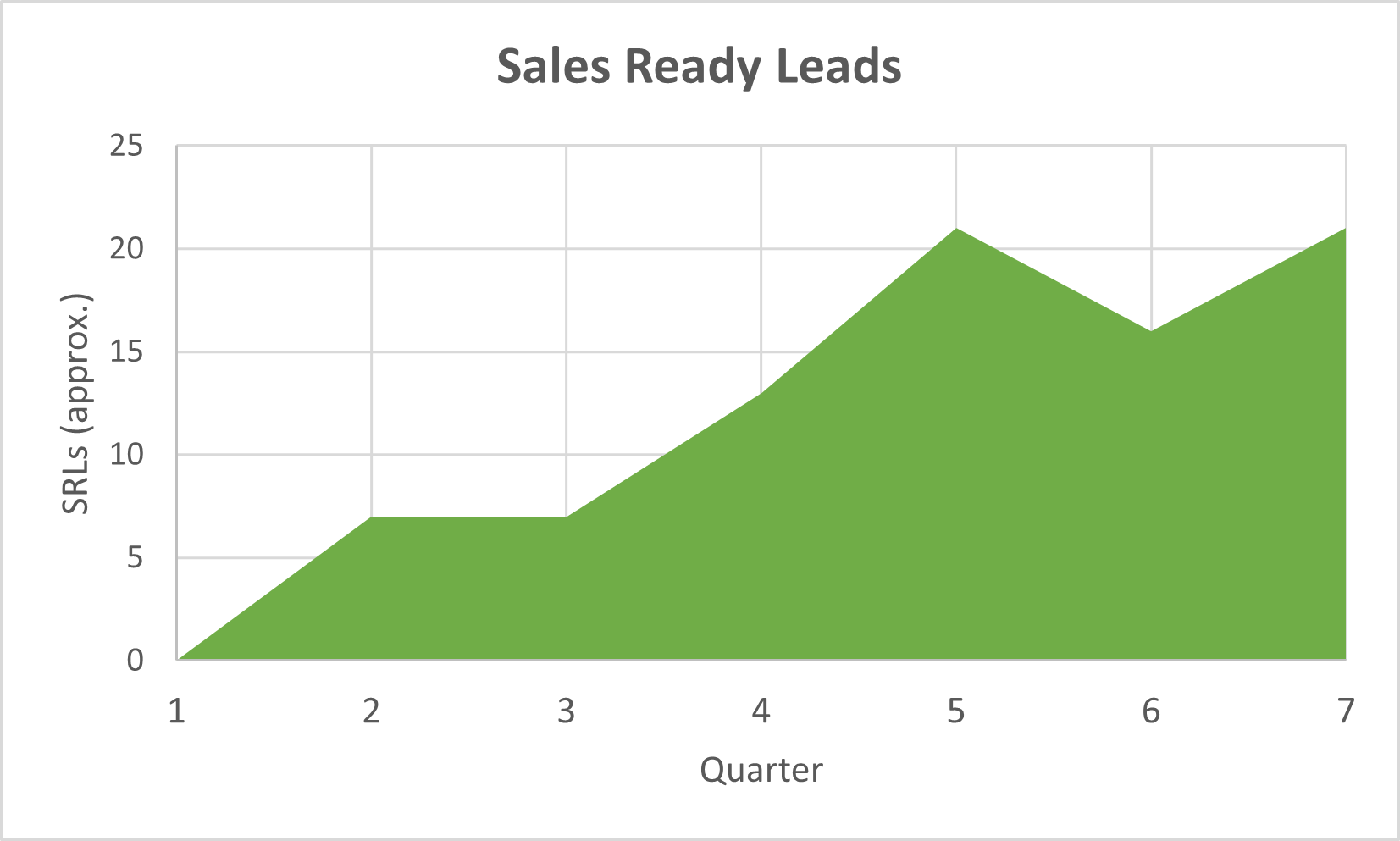AI visibility for engineering companies
Tips and insights from an engineer
Yeah, that’s right, I’m an engineer… at least I used to be. Though I’ve been told many times: “once an engineer, always an engineer”. I suppose at some level that’s true. I certainly mostly still think like an engineer, for better AND for worse 😊.
Last updated: November 7th, 2025
First off: take whatever you learn about AI visibility with a block (that’s many grains 😏) of salt, including this article! This is such an unknown problem, even within the land of marketing, which is filled with unknowns!
Interested in showing up in ChatGPT? Google’s AI overviews? Perplexity?
Then buckle up. As of late 2025, this is probably the bumpiest ride at the park.
AI visibility – Does it even matter yet?
Yes, I believe so.
Why?
Two reasons:
- The adoption rate is astounding.
- Google is embedding AI into regular search.
Experimenting now puts you ahead of the curve instead of trying to play catch up two years from now.
Will it be as efficient as if you wait? Probably not.
But like with SEO, your goal is to build a foundation. That takes time. It isn’t something you just flip a switch to turn on. It’s likely going to be a multi-year endeavor.
How different is visibility in AI search from ranking in organic search (SEO)?
The actual answer lies between the two camps: it’s more different than some people in the marketing community are espousing (i.e. it’s not the exact same as the way SEO has been done for the past several years), but it’s not as different as others are suggesting (i.e. it’s not an entirely new domain).
Here’s the way I’m thinking about it currently (late 2025):
AI visibility is like moving from two-dimensional calculus, to four-dimensional calculus-based random processes. Similar foundational concepts, but significantly more complicated.
AI visibility appears something like stochastic, multi-dimensional SEO.
Some factors that make AI visibility significantly more complex than regular SEO:
- Fundamentally LLMs introduce randomness.
- LLM models are evolving dramatically and at a feverish pace (Google’s search algorithms evolve quickly, but not as dramatically).
- Search query vs conversational nuance – when you type something into a search engine, you’re usually searching with a handful of words. With AI, you’re providing contextual nuance in your conversation with the LLM, on the order of dozens to hundreds of words, and if you’re providing input files, much more than that.
- Matching vs generating – traditional search indexes and tries to match your search query with a best fit result. LLMs are so much more complicated, pulling from training data to predict the next token, grounding in search results and user-provided input files.
The reality of this in the near term is that most smaller businesses won’t have the ability to work with this level of sophistication because they can’t afford the team of marketers needed to address these realities. Instead, small companies will be forced to project a 4D system down to 2D, which is still better than not doing anything at all.
Eventually (maybe in a couple/few years?) things might settle a bit with LLM-based AI, and more software companies will develop AI visibility platforms at a price point that’s not offensive to small engineering companies.
So what are small engineering companies to do?
What small engineering companies can focus on to improve their AI visibility
- Get your SEO feet under you – Many of the fundamentals of AI visibility are converging toward many of the fundamentals of good SEO. Are you performing solid SEO yet? Start there.
- Avoid silver bullets – More gaming is available currently for AI visibility than for SEO. I wouldn’t put much (or maybe any) effort here. Much of the low-level gaming should fade over the next couple years or so. Shy away from the silver bullets. They don’t last.
- Learn about term frequency occurrence – The idea here is for your brand to show up next to your most important niches in the right places on the web. There are better ways to do this, and worse ways. The worse ways fall into the category of gaming for me. The better ways often fall into the category of PR.
- Add nuance and context to your content – Essentially this means the long tail of SEO gets WAY longer.
- Elevate your interest in mentions, not just backlinks – Mentions are more important for AI visibility than for SEO.
- Learn about query fanout – Essentially, when LLMs start searching the web, they do so with a series of searches. Addressing those queries can help your visibility.
The landscape of LLMs – it’s no longer just about Google
First off, you’d better believe Google is going to do everything they can to maintain their dominance in search, whether traditional or AI-based. Having said that, Google is not the obvious winner at this point within the realm of LLMs.
And then, as if AI visibility wasn’t complicated enough with just a single LLM, there’s non-negligible variation in how to show up in one LLM vs another.
LLMs of interest (near the end of 2025):
- ChatGPT
- Perplexity (Sonar)
- Claude
- Google / AI Overviews / Gemini
Being included in training data
Ultimately, I believe most companies will want their brand to be included in LLM training data.
My understanding is that it takes many months to over a year to be included within a model’s training data. This seems to be limited by the end-to-end process of collecting data, preparing data, training the new model, validating the results, and releasing the new model.
The nuance here is that this doesn’t mean that you necessarily want all of your content to be included in training (that’s up for debate and the dust is far from settled on this. Check out Cloudflare’s attempt at doing something about this with a Content Signals Policy: https://blog.cloudflare.com/content-signals-policy/ ).
Being included in live web search grounding
Web search grounding is when an LLM pulls from a search engine’s (Google, Bing, etc.) search results and then incorporates those results into the LLM’s response.
Being included in an LLM’s web search grounding is something that I believe all engineering companies will want for all of their public-facing content. Live web search generally takes place when:
- recent information is required that would be unlikely to exist in the model’s training data, or
- the model doesn’t have enough detailed or trusted info in its model to respond to the prompt.
My understanding is that this mainly means working to show up in the corresponding traditional search engine search results (i.e. Google, Bing, etc.). This essentially means doing traditional SEO well.
In learning mode?
Check out these case studies:
Check out these articles:
- Lead-focused inbound marketing for civil engineering firms
- Inbound marketing for engineering companies
- Website Strategy – Lessons Learned from an Engineer
- Inbound marketing strategy for industrial engineering services companies – 23 niches explored
- Case Study – Brand name rank increase in search for a software development company
- Marketing for Small Engineering Firms
- Why you need a niche for your engineering company
- Creating a no-BS marketing strategy for engineering companies









